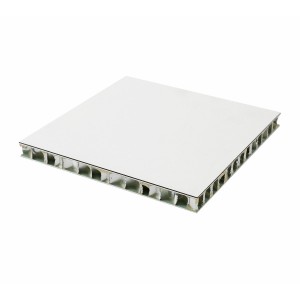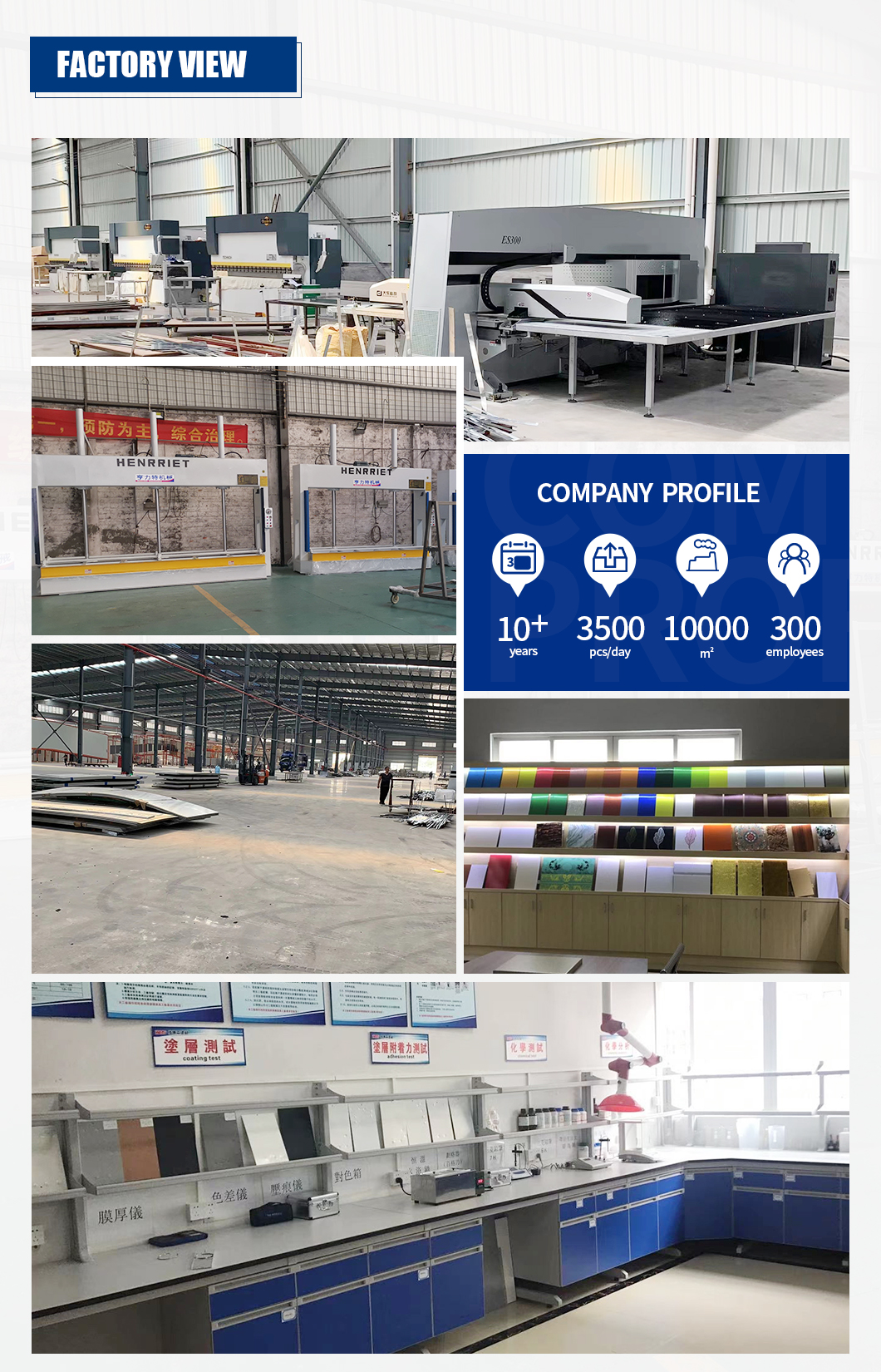Amid the rapid development of new energy vehicles, range and safety are key competitive priorities. To address range anxiety, lightweighting has become a key technology in the industry. Against this backdrop, aluminum honeycomb panels, a high-performance composite material, are making their way from the aerospace industry to everyday electric vehicles, becoming the hidden key to shaping the next generation of vehicles.
Aluminum honeycomb panels are known for their unique “sandwich” structure, consisting of a hexagonal aluminum honeycomb core in the center, covered on both sides with thin aluminum sheets. This design achieves an extremely high strength-to-weight ratio (specific strength), providing excellent compressive and flexural resistance while remaining extremely lightweight, potentially reducing weight by over 50% compared to traditional steel structures. Their application in battery pack lower casings, doors, and floors can effectively reduce vehicle weight, directly contributing to improved range.
In addition to weight reduction, safety is another key advantage. Aluminum honeycomb panels offer excellent impact resistance and energy-absorbing properties, effectively protecting battery cells in collisions. More importantly, its excellent flame retardancy and high-temperature resistance (it can maintain structural integrity for extended periods at temperatures of 800°C) provide a crucial “firewall” for the battery system, significantly enhancing the vehicle’s passive safety level.
With leading battery companies such as Contemporary Amperex Technology (CATL) pioneering its adoption, aluminum honeycomb panels are moving from cutting-edge technology to large-scale application. They are not only an optimal material for lightweighting but also a vital force in safeguarding battery safety and driving the new energy vehicle industry towards a higher level of high-quality development.
Post time: Jul-26-2025


